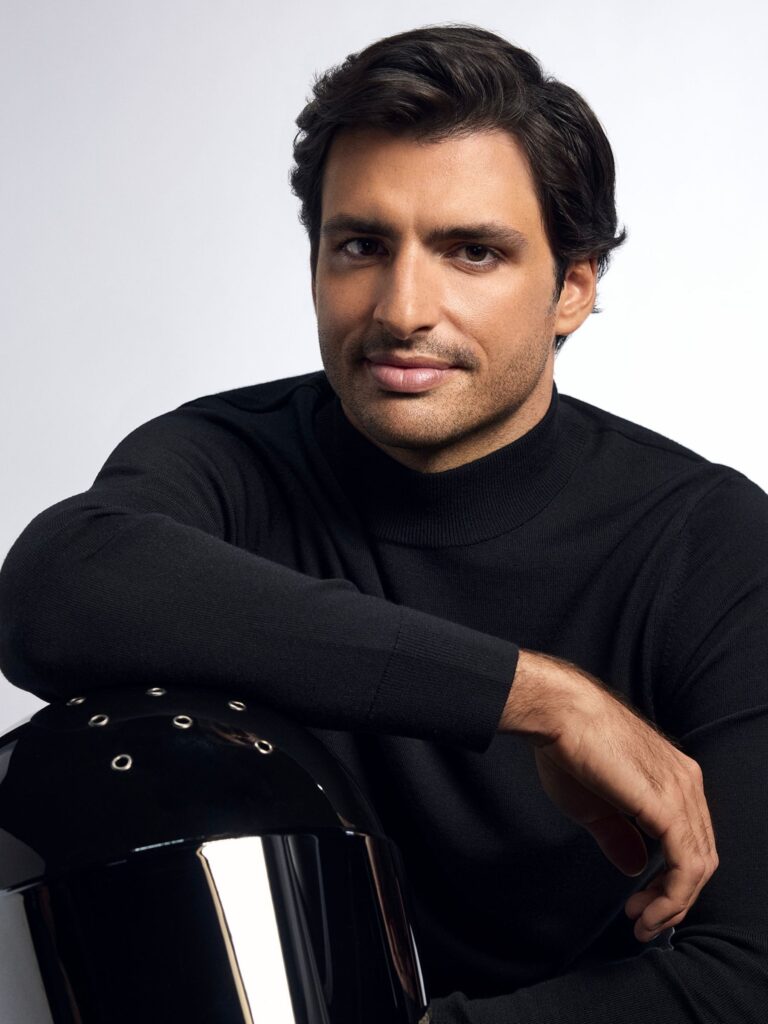RED LIGHT THERAPY (RLT) is the latest trend to take off in the wellness space, and as with any wellness trend, it has its share of advocates and detractors. On the con side of the fence, critics warn that extended use of red light therapy can lead to burns and eye damage. On the pro side, fans of the therapy tout its non-invasive nature and healing qualities, which can heal acne, smooth wrinkles, reduce scars, promote hair growth and according to one Men’s Health US writer, triple testosterone levels if you simply expose your balls to a glowing red light for just a few short weeks.
No, that last one was not a joke. After reading reports dating back to 1939 that showed exposure of various parts of the body to UV light increased testosterone, Ben Greenfield figured he’d test the hypothesis himself. The results materialised on the writer’s date night. “I sat at dinner, horny, my penis pulsing, staring across the table at my wife and feeling as though I’d popped a couple Viagra,” he wrote. “Later, I blew the biggest load I could recall in recent memory.”
Achieving sexual virility may not be everyone’s goal with red light therapy, but there are plenty more science-backed reasons to try it out. Before you do, we’re breaking down how RLT works, as well as its benefits and risks.
What is red light therapy?
Red light therapy is a treatment that uses low-level wavelengths of red and near-infrared light to stimulate cellular processes. It’s known by many names, ranging from the simple low-level light therapy to the mouthful that is (brace yourself) photobiomodulation.
No matter what you call it, the process of RLT remains the same. Light penetrates the skin to reach the cells, where it is thought to interact with mitochondria (the cell’s powerhouse, as any high school science class would’ve taught you) to boost energy production and promote healing and regeneration.
The therapy typically involves sitting or lying under an LED panel or using handheld devices that emit red or near-infrared light. The larger LED panels are usually used in skincare clinics and physiotherapy centres, but the smaller, handheld devices can be purchased for home use.
Does red light therapy work?
Red light therapy’s popularity stems from an array of proven research. It’s not just some passing fad concocted by an Instagram wellness guru. While results can vary, scientific evidence does support its benefits in a number of areas, including but not limited to:
Skin health and anti-aging
RLT is often used for its benefits to skin health, particularly in reducing fine lines and wrinkles. The therapy stimulates collagen production, which is essential for skin elasticity and smoothness. Multiple studies have shown that RLT can improve skin tone, reduce inflammation and enhance the skin’s overall appearance. It’s because of these proven benefits that it’s commonly used in dermatology and cosmetic clinics to treat acne, rosacea and signs of aging.
Pain relief and muscle recovery
The use of red light therapy in sports and physical rehabilitation settings is becoming more common due to the therapy’s ability to reduce inflammation and aid muscle recovery. One study published in the Journal of Biophotonics even suggests that RLT can increase the amount of muscle mass gained during exercise and questions whether its use should be allowed in competitive sports.
Hair growth
One of the most promising areas of benefit for red light therapy is in treating hair loss. Research suggests that RLT may stimulate hair follicles, leading to improved hair density and strength. It’s believed that the light can help to extend the growth phase of hair follicles, particularly in people experiencing male and female pattern baldness.
A 2014 study published in Lasers in Surgery and Medicine demonstrated that red light therapy could increase hair count and density in both men and women with pattern hair loss. While results vary and more research is needed, RLT appears to be a viable option for some people looking to combat thinning hair.

Adobe Stock
Is red light therapy safe?
Generally, red light therapy is considered safe, with minimal reported side effects. The treatment is non-invasive, painless and does not involve UV rays, which are known to be harmful to skin cells. Most people experience no side effects, though mild issues like temporary redness or irritation may occur, especially in those with sensitive skin.
There are still some risks associated with red light therapy, but for the most part they only apply to at-home use. Burning and damage to the eyes can occur after extended usage of devices that emit red and near-infrared light. This is particularly prevalent with LED masks. Clinics and licenced practitioners should know when to cease treatment, but if you’re self-medicating, be aware of the risks that come with too much usage.
Does red light therapy work for hair loss?
Like we said, red light therapy has been found to be effective in treating male and female pattern baldness. The mechanism for doing so is thought to be the same as in other uses of red light therapy, as stimulating the cellular activity in hair follicles promotes growth and strengthens the hair. The therapy is not guaranteed to work for everyone, however, as results can vary from person to person depending on several hair loss conditions.
Can red light therapy cause cancer?
It seems like every big technological innovation is met by accusations of causing some form of cancer. Red light therapy is no different. If anything, the concerns are higher due to the therapy’s use of near-infrared light. Fortunately, the light waves used in red light therapy are safe and non-carcinogenic. Unlike UV rays, red light and near-infrared light do not contain enough energy to damage DNA or cause cell mutations, which are the primary catalysts of cancer development.
Can you do red light therapy at home?
Yes, many devices for red light therapy are available for home use. These devices range from small handheld tools to larger panels. They typically emit light within the same wavelength ranges used in clinical settings (around 630-850 nanometers). However, at-home devices are usually less powerful than those found in professional clinics, so achieving results may take longer or require more frequent use.

Pexels
Related:
How to build the perfect summer skincare routine for men
Teeth Whitening: What’s The Difference Between Blue and Red Light Therapy?













